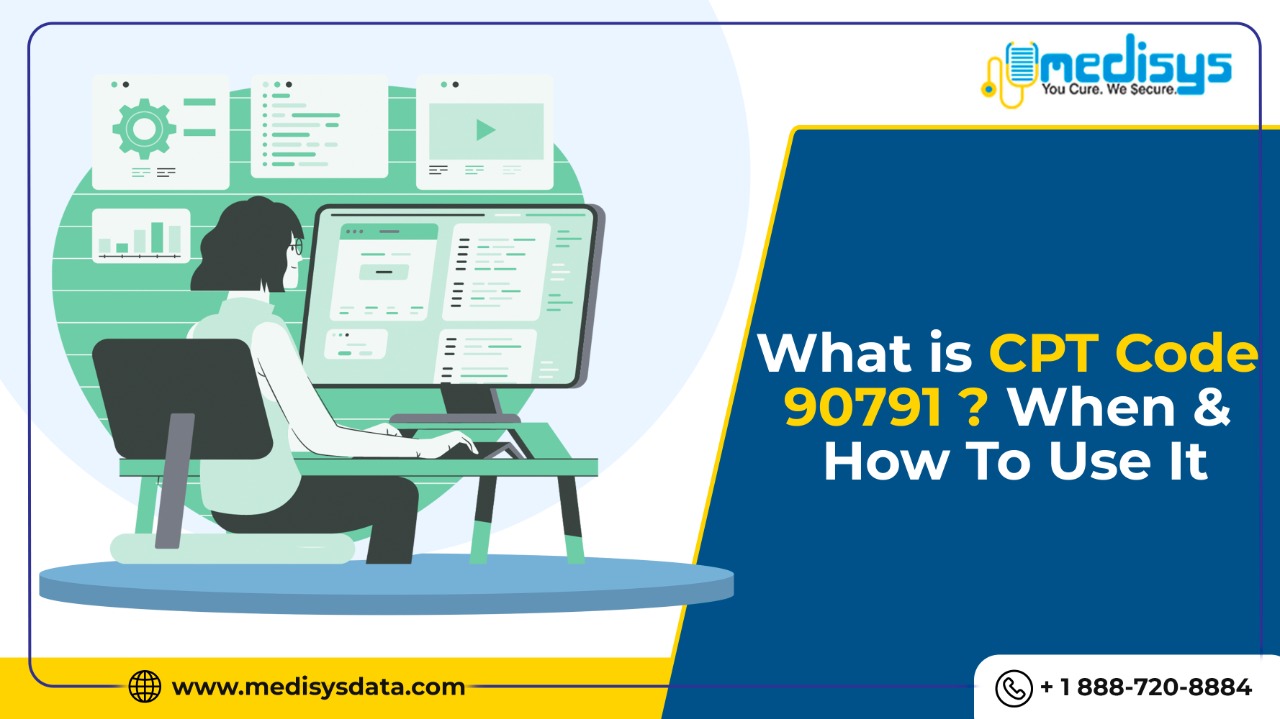Top Compliance Issues In 2023 What You Can Do

The medical billing industry is a complex and ever-changing field, and it is crucial for healthcare providers and billing companies to stay compliant with government regulations. Failure to do this can result in significant financial penalties and damage to a company’s reputation. Let us discuss the top compliance issues in the medical billing industry, shall we? 1. HIPAA: The Health Insurance Portability and Accountability Act( HIPAA) is a federal law that establishes the national standards for protecting the privacy and security of individuals’ personal health information ( PHI). Medical billing companies and healthcare providers must comply with HIPAA regulations, which include implementing physical, administrative, and technical safeguards to protect PHI. 2. False Claims Act: The False Claims Act is a federal law that prohibits healthcare providers and billing companies from submitting false or fraudulent claims to the government for reimbursement. Violatio...



